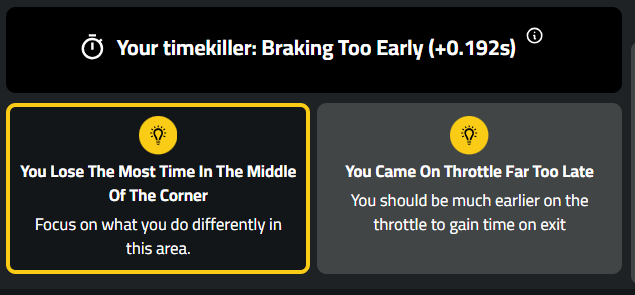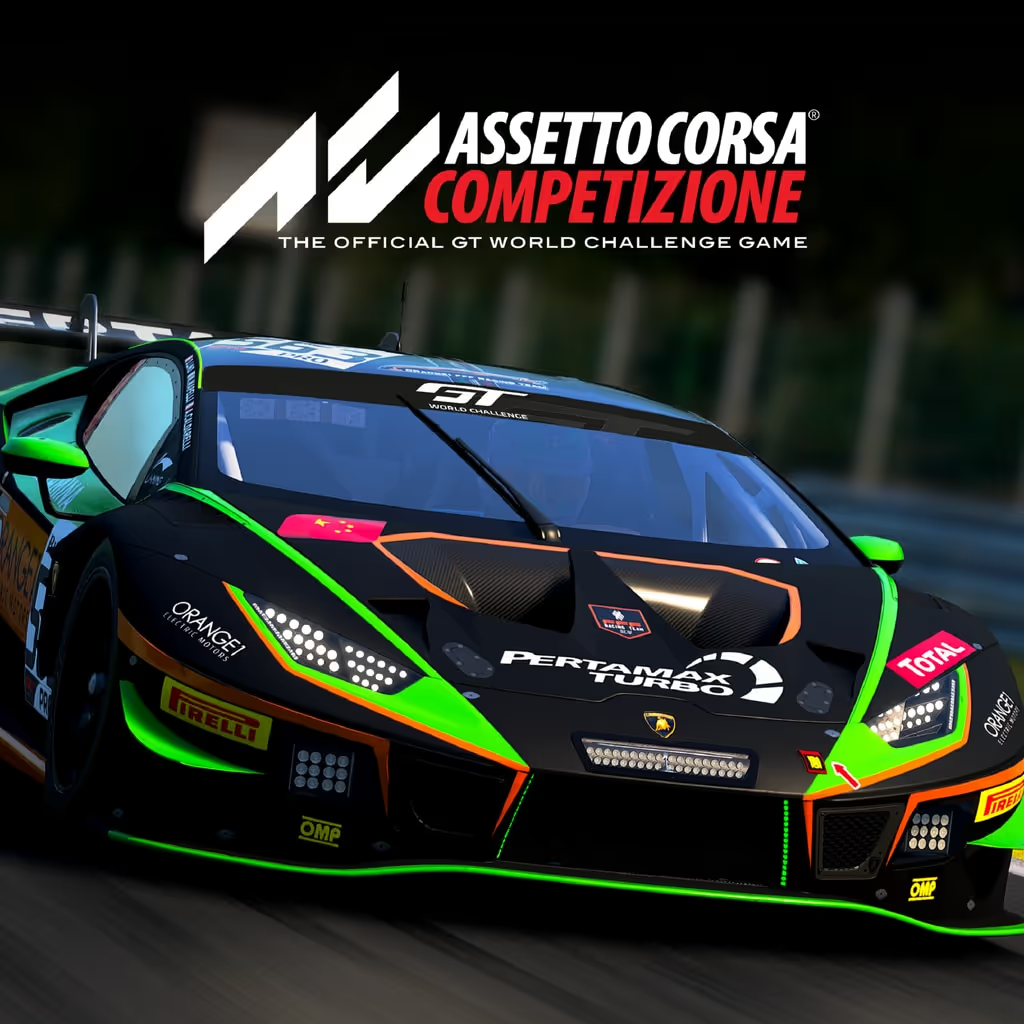Understanding and Setting Up Ride Height in Sim Racing
Sim racing has grown into a highly competitive and realistic motorsport discipline, requiring a deep understanding of vehicle setup for success on track. Among the key setup parameters, ride height plays a crucial role in determining a car's performance characteristics.
In this article, we will delve into the importance of ride height in sim racing, how it affects a car's behaviour, and how to set it up effectively.
The Basics of Ride Height
Ride height refers to the distance between the ground and the car's chassis or bodywork. It is a critical element of vehicle setup, impacting several aspects of a sim racing car's performance, including handling, aerodynamics, and traction. Typically, drivers can adjust ride height settings in most racing simulators to fine-tune their virtual vehicle's behaviour on the track.
Understanding the Impact of Ride Height
Aerodynamics
Ride height has a direct influence on a car's aerodynamics. When a car sits lower to the ground, it experiences increased downforce due to the reduced airflow underneath the car. This results in better grip and stability at high speeds and through corners. Conversely, raising the ride height decreases downforce, making the car more prone to oversteer and reducing overall grip.
Suspension Travel
The ride height setting also affects the suspension travel of a sim racing car. Lowering the ride height limits the suspension's ability to absorb bumps and imperfections on the track, which can lead to a harsher ride and reduced traction, especially on uneven surfaces. Conversely, raising the ride height increases suspension travel, providing a smoother ride and better grip.
Centre of Gravity
The position of the car's centre of gravity is critical for handling and stability. Lowering the ride height lowers the centre of gravity, which can enhance cornering performance and reduce the risk of rollovers. On the other hand, raising the ride height increases the centre of gravity, potentially making the car less stable during high-speed manoeuvres.
Setting Up Ride Height
Baseline Setup
Most sim racing games provide baseline setups for each car. These setups are a good starting point for drivers, especially beginners. Baseline setups are typically balanced to offer reasonable performance characteristics across various tracks. However, they may not be optimised for specific conditions or driving styles.
Experimentation
To fine-tune ride height in sim racing, it's essential to experiment with different settings. Start with the baseline setup and make incremental adjustments to the ride height. Pay attention to how the car responds to these changes during practice sessions. Lowering the ride height can improve grip and cornering speed, while raising it may enhance stability on bumpy tracks.
Consider Track Characteristics
Different tracks have varying characteristics, such as surface smoothness, corner types, and elevation changes. It's essential to adjust the ride height settings to suit the specific track you're racing on. Smoother tracks may allow for lower ride heights, while bumpy or undulating tracks may require higher settings to maintain stability.
Balance and Trade-offs
Setting up ride height often involves finding a balance between aerodynamics, suspension travel, and centre of gravity. There is no one-size-fits-all solution, and drivers may need to make trade-offs depending on their driving style and the nature of the track. It's crucial to monitor the car's behaviour and make adjustments accordingly.
Ride height is a fundamental element of vehicle setup in sim racing, and understanding its impact is essential for achieving success on track. By experimenting with ride height settings, considering track characteristics, and finding a balance between various factors, sim racers can fine-tune their vehicles to optimise performance, handling, and overall competitiveness. Mastery of ride height adjustment is not only a technical skill but also an art that adds depth and realism to the immersive world of sim racing, enhancing the overall experience for enthusiasts.


.png)























